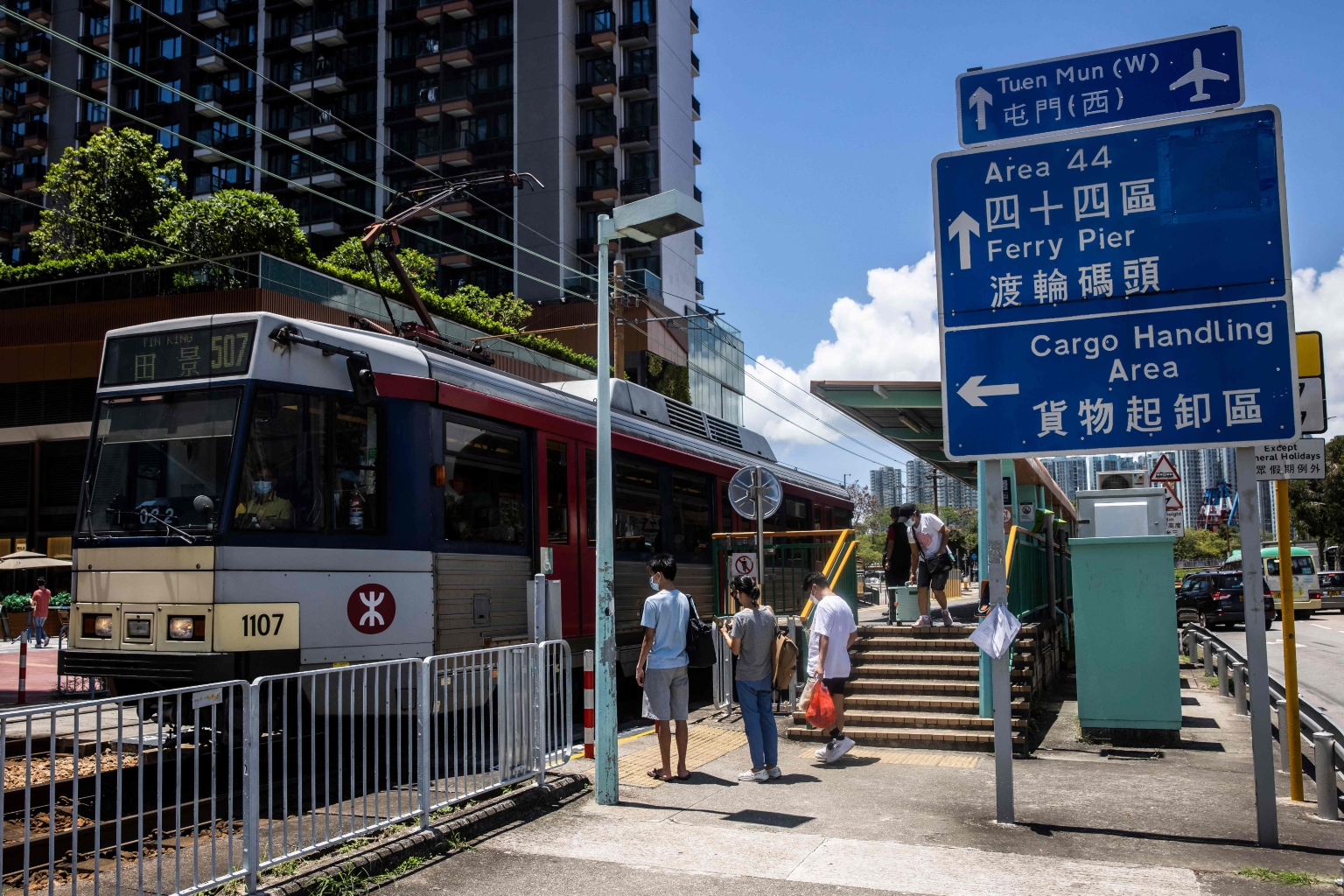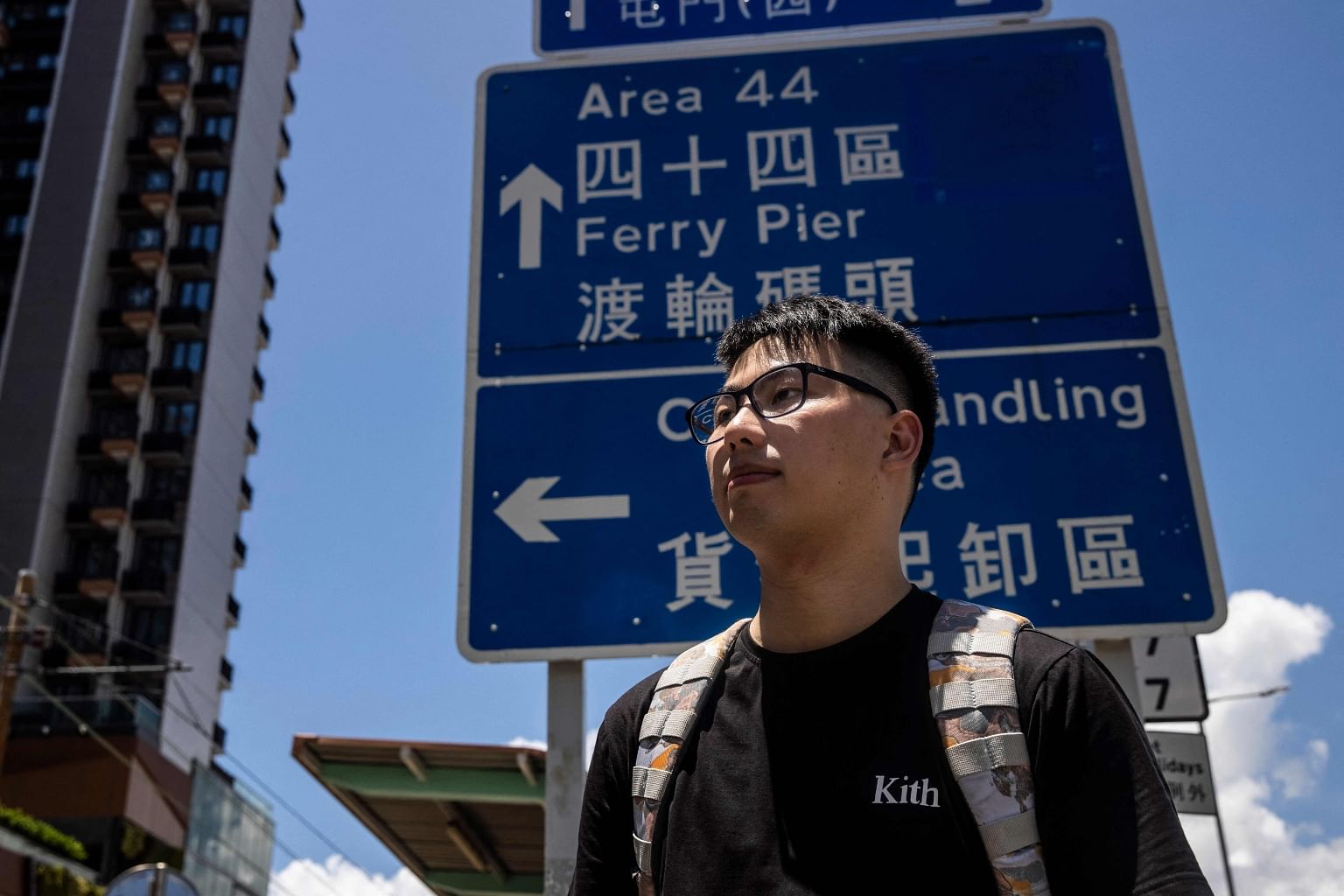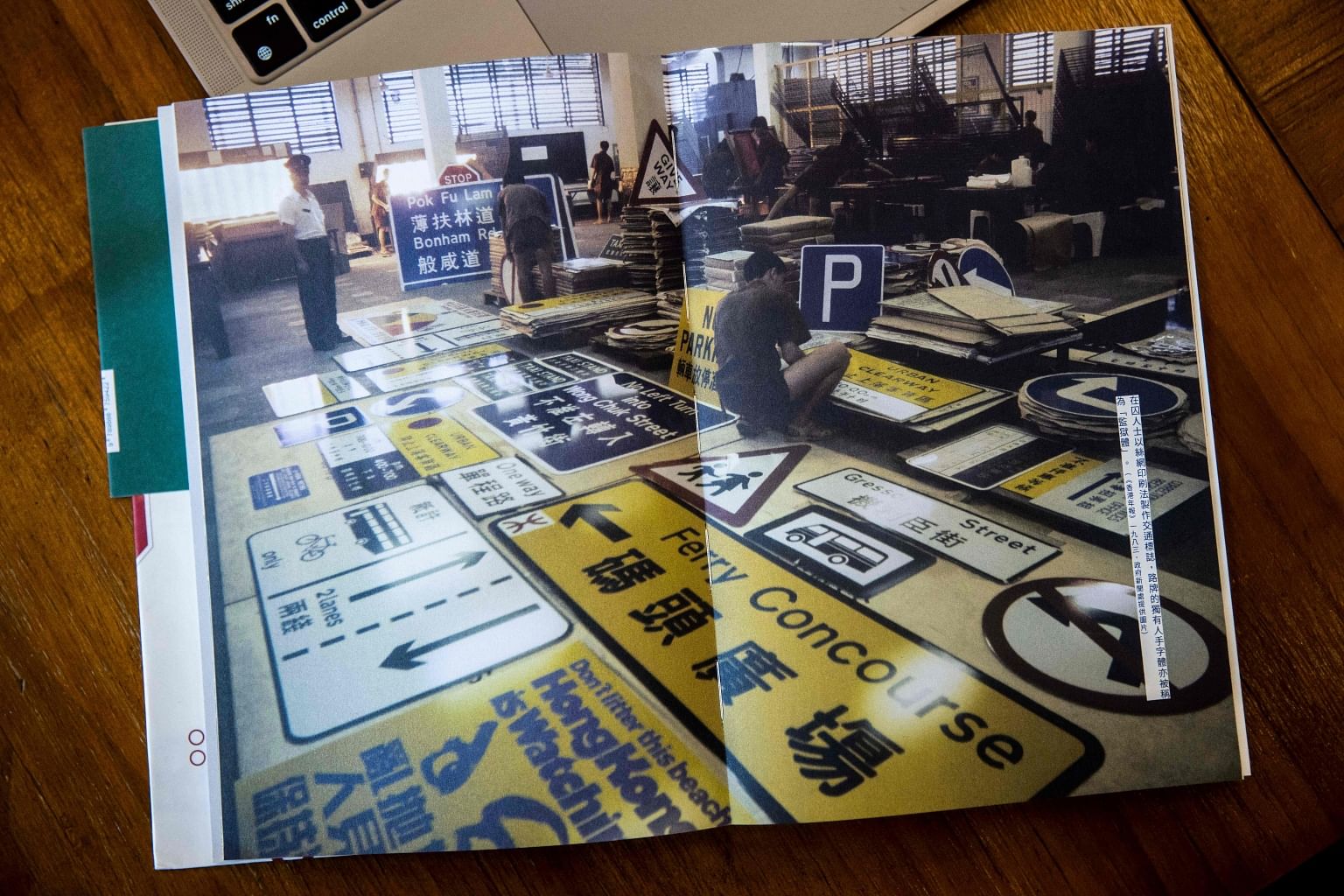'Prison Gothic': Hong Kong road signs reborn as new font
Sign up now: Get insights on Asia's fast-moving developments

A street sign in Hong Kong that was manually designed and handmade by prison inmates between the 1970s and 1990s.
PHOTO: AFP
Follow topic:
HONG KONG (AFP) - Handmade in jail, the Chinese characters on Hong Kong's old road signs have a distinct style that a group of enthusiasts has painstakingly documented and turned into a new digital font - "Prison Gothic".
Their leader, Mr Gary Yau, says he became interested in them when he was a boy, even learning to write some characters by copying them from road signs.
As signs with computer-generated text began to replace the old ones, Mr Yau launched a personal quest in 2016 to record the handmade characters, imperfections and all.
"I want to preserve this local, visual culture," Mr Yau, now 24, told AFP.
"The search and collection have been like a race against the authorities because we do not know when they will retire an old sign."
Before digital design and production were introduced, the characters and symbols on Hong Kong's road signs were hand-drawn, carved out and assembled by inmates at the city's prisons.
Without the precision of computers and machine-cutting, these signs were not uniform, with varying characters and line thickness.
Over the last six years, Mr Yau and his team of six, who call themselves the Road Research Society, have scoured the streets of Hong Kong to find 500 of these older signs, produced by prisoners between the 1970s and the 1990s.
The 600 Chinese characters they collected from these signs became the base from which they developed a digital typeface of around 8,000 commonly used characters.
This month, the Road Research Society, which Mr Yau founded in his freshman year at university, launched a crowdfunding initiative to secure HK$700,000 (S$123,849) for the last leg of the project.
The medium version of the font will be released in November this year.
The irony that road signs for travellers are made by people in jail is not lost on Mr Yau, who said he was impressed by their skill.

The days of hand drawing are gone, but traffic signs are still made in prisons - inmates produced around 4,000 last year.
Last year, inmates generated HK$493 million (S$87 million) in commercial value through services and products such as road signs.
For that work, prisoners can be paid as little as under HK$1 per hour, far lower than the statutory minimum wage of HK$37.5 an hour.
Mr David Tsang, a broadcast engineer in the United States, was one of the first to leave a supportive comment on Mr Yau's crowdfunding page.
"It feels like carrying an old soul...reminding me of the old Hong Kong," Mr Tsang told AFP. "I want to preserve some Hong Kong culture and personality as a Hong Konger overseas."

The link between a font and identity is not unique to "Prison Gothic".
At least half a dozen Hong Kong-inspired fonts have been invented or revamped since 2016, a period when two major pro-democracy movements sparked interest in localism - promoting the concept of the city's unique identity.
Hong Kong, like Taiwan, uses traditional Chinese characters, as opposed to the simplified ones used in mainland China.
Some of the Hong Kong designs borrow from calligraphy styles that were once widely seen on shop signs, and on wooden or stone tablets on traditional village gates.
And at least two - the "Kick Ass Type" and the "Rebirth Font" - were inspired by the 2014 Umbrella Movement and the huge, sometimes violent pro-democracy protests in 2019 respectively.

"Prison Gothic" itself has taken on a different resonance in the last few years, as Beijing has imposed a political crackdown on Hong Kong that has seen thousands arrested for taking part in the protests three years ago.
"Responding to the social movements and changes is a big incentive for the fonts' development," said associate professor Brian Kwok of Hong Kong Polytechnic University's design school.
"In the past, symbols of Hong Kong local culture might be egg tarts, milk tea and the Lion Rock," Prof Kwok told AFP. "Now, fonts have become a way for young people to explore their Hong Kong identity."

